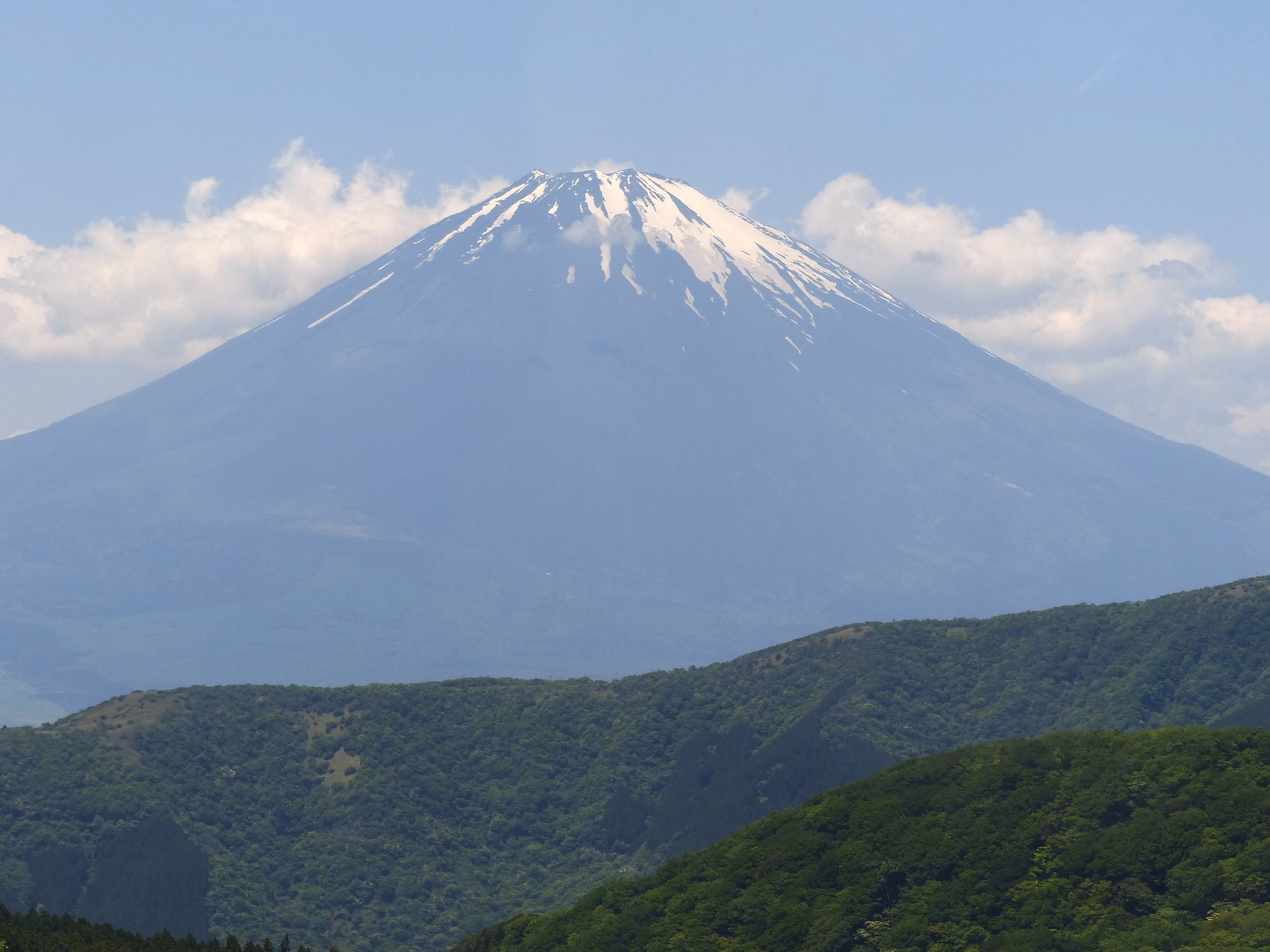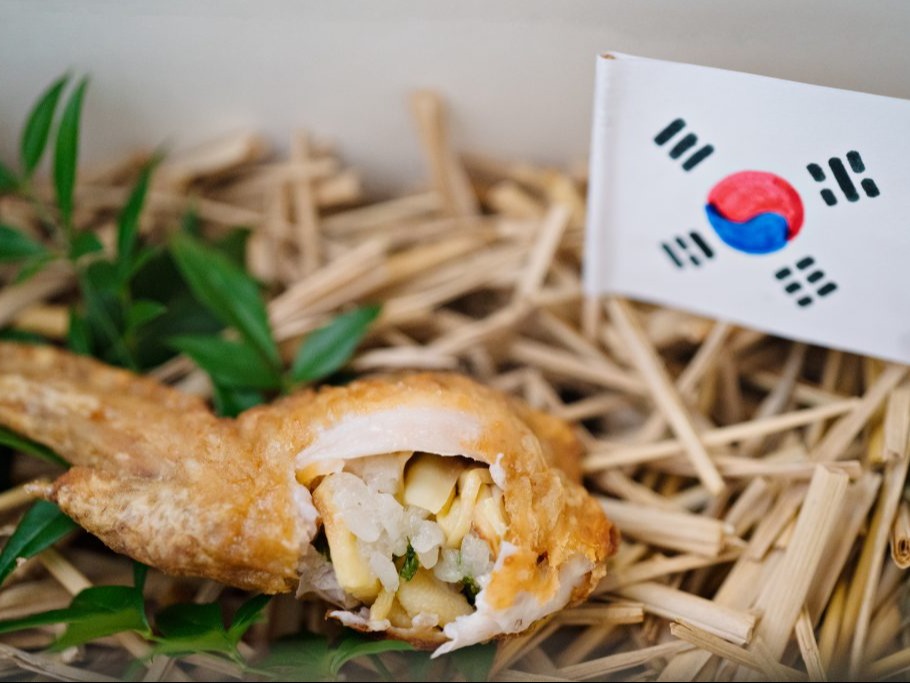Journey Through Japan: An Insider's Guide to Experiencing the Country's Rich Culture and Breathtaking Landscapes

Curated By
Rita Carton

Curator’s statement
Japan is a country rich in cultural heritage and legacy, from its ancient samurai traditions to its refined artistic practices like sushi, anime and Zen Buddhism. The country is home to stunning natural landscapes, from the iconic Mount Fuji to the serene gardens and bamboo forests. Traveling in Japan allows you to immerse yourself in extraordinary experiences, whether it's staying in a Ryokan, attending a tea ceremony or watching a sumo wrestling match, not to mention the amazing food. The country is full of contrasts and complexities as it blends the ultra-modern and the centuries-old, creating a captivating juxtaposition of old and new.
The Fora Difference
Book with Rita to access exclusive perks and experiences on your trip.
Killer perks
Free upgrades, spa credits and more—we got you
Personalized recs
Customized travel planning for your style
Insider knowledge
Expert advice from people who’ve actually been there
Where to stay in Japan
Unlock perks by contacting Rita to book your trip.
Things to do in Japan

Temples and shrines
Tokyo:
Sensoji Temple — Tokyo’s oldest and most famous and historically significant Buddhist temple dating back to A.D. 628.
Meiji shrine — Set within a large, forested area covering over 170 acres, and as you approach, you'll first pass through the towering Torii gates made of 1,500-year-old cypress wood.
Kyoto:
Ginkakuji Temple (called Silver Temple) is a Zen temple built in 1482 with tranquil gardens surrounding it with carefully raked sand gardens along with Japanese maples, pine trees and a unique moss garden.
Sanjusangendo Temple, founded in 1164, also known as the Hall of Thirty-three Bays, is famous for its 1001 statutes of Kannon, the goddess of mercy. The statues are arranged in rows of 33 (hence the name "Sanjusangendo") and depict the various manifestations of the Kannon deity.
Kinkaku-ji, Golden Pavilion, which is a Zen temple in northern Kyoto who’s top two floors are completely covered in gold leaf. It is considered one of the most beautiful temples in the country.
Ryoanji Temple, the site of Japan's most famous rock garden and considered one of the finest examples of the “dry landscape” style of Japanese gardening. An interesting feature of the garden's design is that from any vantage point, at least one of the rocks is always hidden from the viewer.
Fushimi Inari Shrine is known for its thousands of vibrant orange torii gates that wind up the side of Mount Inari, numbering over 10,000 along the trails up the mountain. Visitors can walk through the maze of torii gates, which are said to represent the passage from the human world to the world of the kami (Shinto spirits).
Other Tokyo sites:
Yayoi Kusama museum is a modern art museum in Tokyo, Japan dedicated to the work of acclaimed Japanese artist Yayoi Kusama, who is one of Japan's most famous and influential contemporary artists. She is renowned for her use of obsessive repetitive patterns, polka dots and immersive "infinity rooms."
Shibuya crossing is one of the most famous and busiest pedestrian crossings in the world, located in the Shibuya district of Tokyo, Japan. It is an intersection of several major streets, and during peak hours, the crossing sees an estimated 2,500 people cross the intersection at a time and is a symbol of energy and vibrancy.
Itoya's stationery store has been a landmark in Tokyo for over 100 years. It is considered one of the most comprehensive and impressive stationery stores in the world.
Saruya toothpick store is the only shop that specializes in toothpicks by a company called Saruya. For over 300 years they have been making toothpicks — all are hand-made by craftsmen.
Other Kyoto sites:
Arashiyama Bamboo Grove, also known as the Bamboo Forest, is one of Kyoto's most iconic and enchanting natural wonders. It features a walking path winding through a dense forest of towering bamboo stalks, creating a serene and otherworldly atmosphere. The bamboo trees can reach heights of up to 60 feet.
Day trips:
Hakone (more than a day trip): Hakone is situated within the Fuji-Hakone-Izu National Park, in the volcanic Hakone Mountains. The town is known for its natural hot springs (onsen), scenic lakes and views of Mount Fuji. Prominent geographic features include Lake Ashi, Mount Hakone and the volcanic Owakudani Valley. It has an Open-Air Museum with 400 sculptures on display both outdoors and indoors.
Nara (a day trip): A historic city in the Kansai region of Japan was the capital from 710–784 CE. Nara is famous for its Nara Park, home to a large population of freely roaming, semi-tame deer. These deer are considered sacred messengers of the gods and have become an iconic symbol of the city. Visitors can purchase deer crackers to feed the friendly deer, which have become accustomed to interacting with humans.
Hiroshima (more than a day trip): This is the site of the first atomic bomb attack during WWII. The Hiroshima Peace Memorial Park and Museum are the city's most famous attractions. The park contains the iconic A-Bomb Dome, the only major structure left standing near the bomb's hypocenter, now a UNESCO World Heritage site.
Miyajima (day trip from Hiroshima): Located in the Seto Inland Sea, just off the coast of Hiroshima. Its most iconic landmark is the Itsukushima Shrine, a UNESCO World Heritage site. The shrine's famous "floating" torii gate, appears to be floating on the water at high tide. At low tide, you can walk out to it. Torii Gate it up at night
Naoshima: Considered the “Art Island” is a small island in the Seto Inland Sea of Japan, known for its remarkable contemporary art museums and installations. The Benesse House museum, designed by architect Tadao Ando, is the centerpiece of Naoshima's art offerings. It features works by famous contemporary artists. Before the Benesse Corporation's art-focused redevelopment, Naoshima was a declining fishing island.
Places to eat & drink in Japan

Tokyo:
Den (dinner) - Featured at number 33 on The World’s 50 Best Restaurants list in 2024. The chef generates flavors through combinations of ingredients and the umami of the meat. The “Dentucky” chicken wings stuffed with steamed mochi rice are like a snack between mains. Reservations are hard to get.
Gonpachi Asakusa Azumabashi for soba noodles made from scratch.
Tempura Fukimachi - Chef Masao Fukamachi adjusts the batter for each type of tempura, concentrating his experience in practiced movements as he manages two cooking pots.
Murase – Sushi bar with only 15 seats and aged Edomae-style sushi.
Bincho – Eel-only restaurant, preparing it various ways and grilled over charcoal. Long lines without a reservation.
Bunmeido Café – Oldest coffee shop chain in Tokyo, over 100 years old! Original café next to the Saruya toothpick store.
Kyoto:
Godan Miyazawa – Kyoto Kaiseki dinner serving beautiful kaiseki cuisine and dishes.
Izuu - Saba Sushi - In Gion, the old Kyoto, founded in 1781 with the eighth-generation owners. Only 12 seats. The table and carving of the tiger are both 100 years old and owner/chef preserves the tradition of whole-mackerel sushi to this day.
Mizuki - Tempura Restaurant – Eight counter seats; tempura made with safflower oil (Tokyo tempura is usually made with sesame oil).
Nishiki Warai for okonomiyaki, a Japanese savory pancake dish consisting of wheat flour batter and other ingredients and cooked on a teppan.
Ekie Hiroshima - Okonomiyaki made the Hiroshima style way.
Need to know
Japan is a cultural wonder and so different from the American culture. You will be amazed at how quiet Tokyo is with its 14 million people. A very respectful culture. Make sure you have a guide to show you around. You won't be disappointed.

Travel Advisor
Rita Carton

Get in touch with Rita
Did you like this guide? Reach out to customize and book your own experience. Or, just to chat about travel in general.
You can normally expect a response from Rita within a business day or so. You’ll also be subscribed to our travel newsletter (you can unsubscribe at any time).
This guide is a part of our ongoing series on travel to Japan. Looking for more travel inspiration? Check out my guide, A Perfect Portugal All Around Country Trip with Hidden Gems.